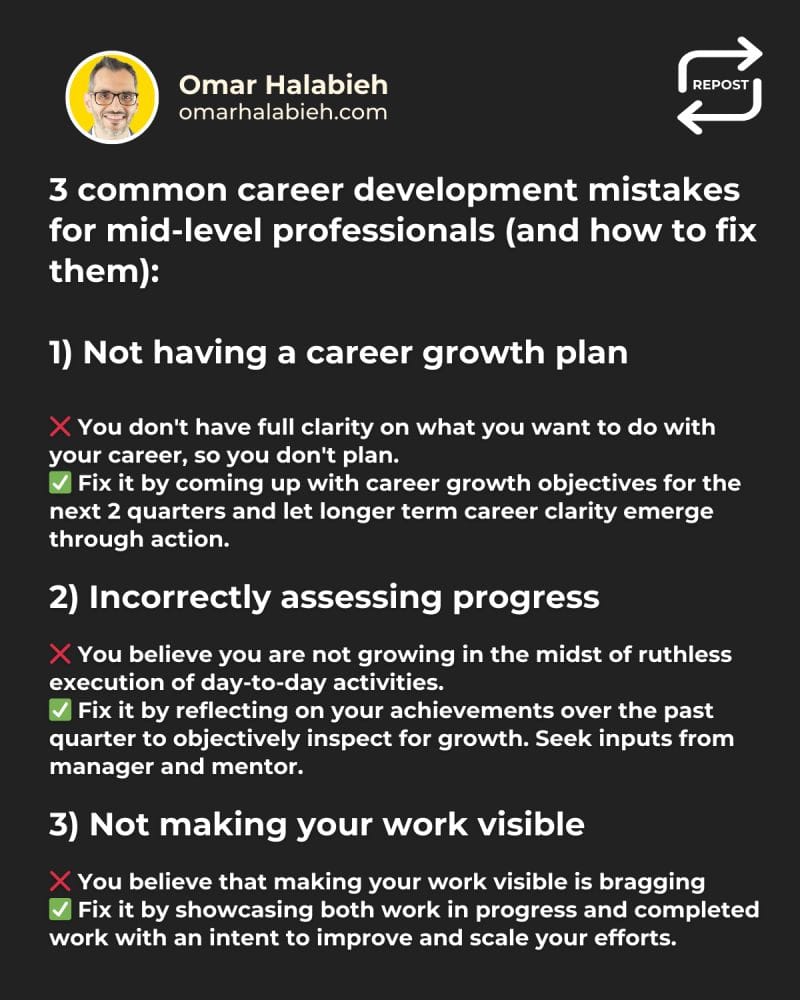Worried about leading in uncertain times?
Dealing with uncertainty is an inevitable part of leadership, and it can arise from various internal and external factors such as market shifts, technological changes, and unexpected events.
Here are proven strategies that you can use to effectively navigate uncertain situations and steer your team towards success:
👉 Communicate transparently: Keep your team informed about the organization's situation, any challenges being faced, and the steps being taken to address them, sharing details to the extent you can. This open communication not only builds trust among team members but also strengthens the leader's credibility. Schedule regular town hall meetings for open discussions and updates.
👉 Cultivate optimism: Create a supportive atmosphere that emphasizes optimism, even in the face of challenges. This positivity will inspire your team to remain confident and boost the leader's ability to effectively guide the organization. Recognize and celebrate individual and team achievements to boost morale and motivation.
👉 Keep team focused: Remind your team to concentrate on areas within their control and maintain a commitment to serve customers, especially during uncertain times when it's easy to lose focus. Hold regular meetings to review priorities and ensure customer-centric decision-making.
👉 Double down on empathy: Show genuine concern for your team's well-being and feelings during uncertain times. Demonstrating empathy can help leaders better understand their team's needs, leading to a more compassionate and supportive work environment. Conduct regular check-ins and offer support for those struggling with stress or anxiety.
👉 Be available and visible: Make yourself accessible to your team and maintain a visible presence in the organization. This can help leaders establish trust and reinforce their commitment to the team's well-being. Host office hours or virtual coffee chats to encourage open dialogue with team members.
👉 Listen actively: Implement various listening mechanisms, such as office hours, surveys, and feedback sessions, to better understand your team's concerns and ideas. This can help leaders identify potential issues early on and foster a culture of open communication. Establish a safe space for employees to voice their thoughts and feelings without fear of repercussion.

